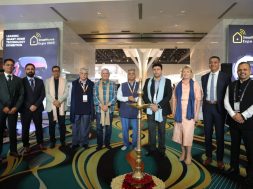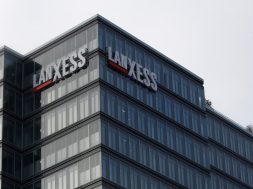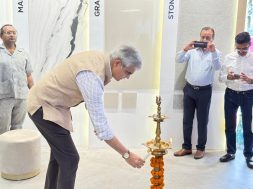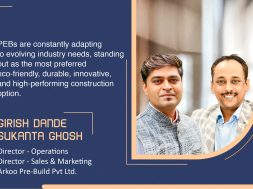Durability upgrade with T-6063 aluminium alloys
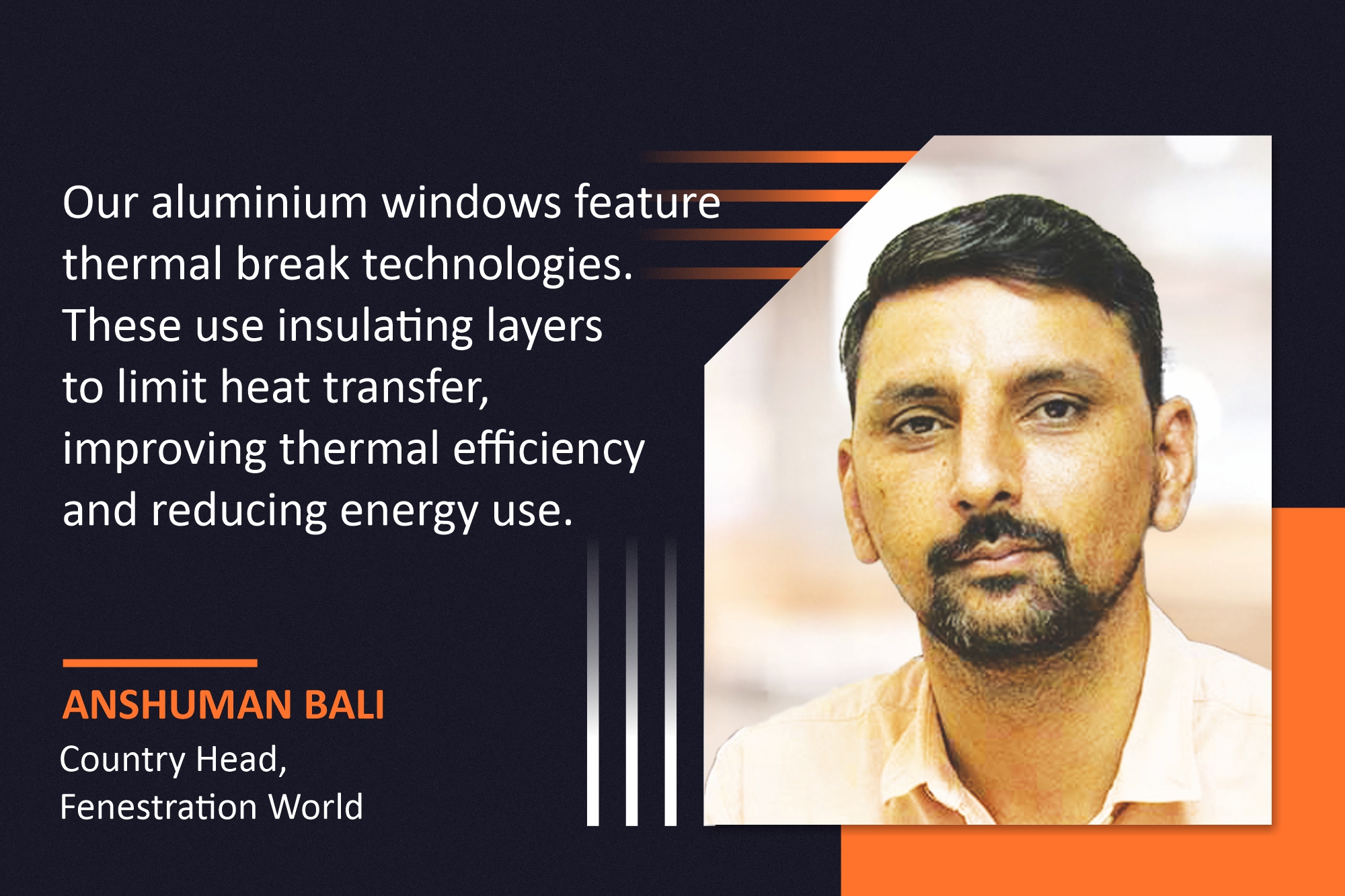
In today’s architecture, fenestration systems are critical for improving energy efficiency, sustainability, and durability. Fenestration World’s creative solutions are tailored to fulfil these needs across various construction projects.
What are the latest innovations in fenestration design that enhance energy efficiency and sustainability?
Our aluminium windows and doors now frequently have innovative thermal break technologies. These systems use insulating layers between the interior and outside aluminium frames to limit heat transmission, improving overall thermal efficiency and lowering energy usage for heating and cooling.
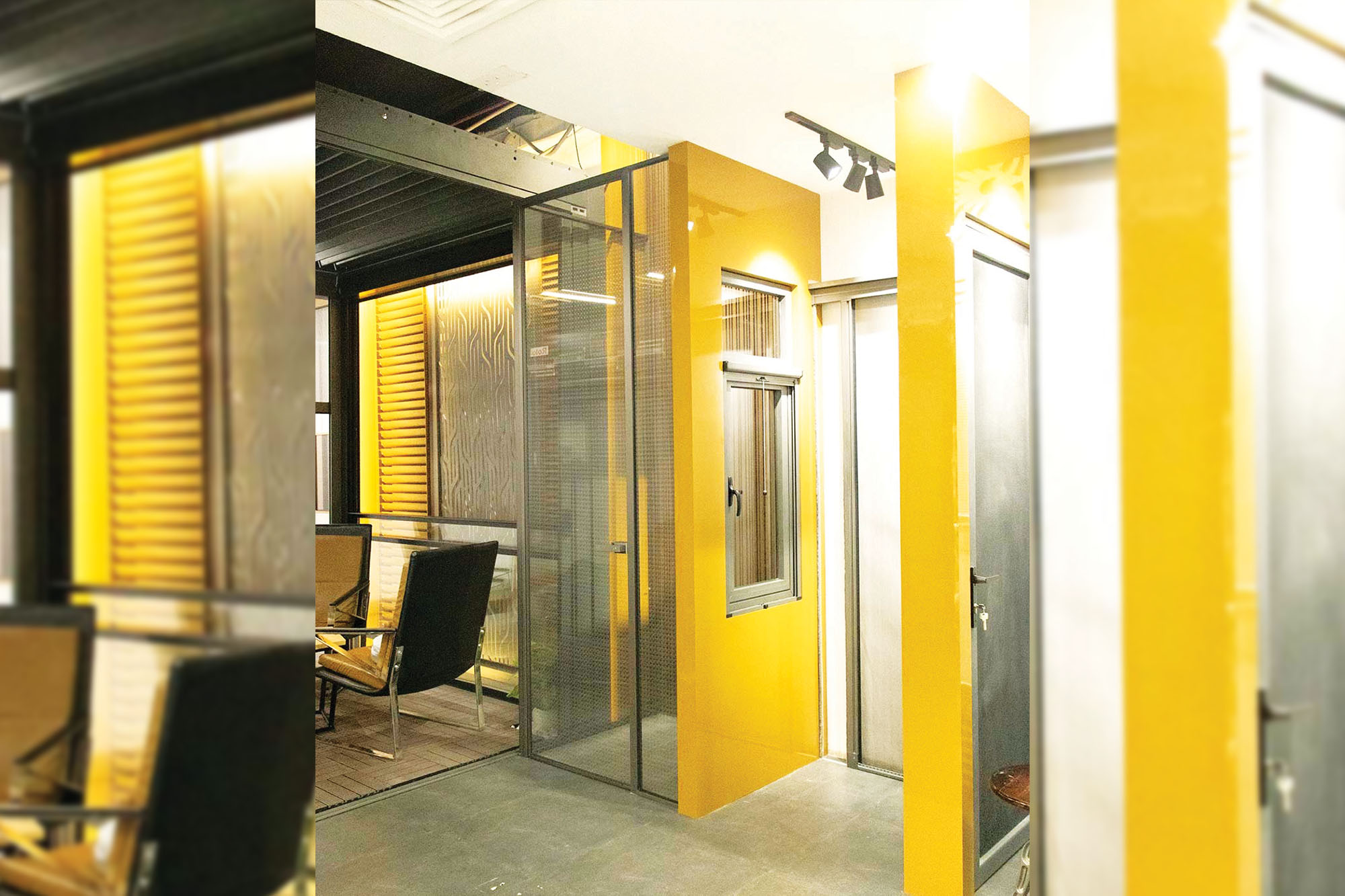
How do your products contribute to achieving green building certifications?
High-performance glazing, which includes low-emissivity (Low-E) coatings and triple glazing, improves thermal insulation and reduces heat loss or gain, increasing a building’s energy efficiency. This enhancement aids in getting credits for energy and the environment in green building certification. Furthermore, sophisticated powder coatings used in aluminium windows and doors often contain minimal or no volatile organic compounds (VOCs), which improve indoor air quality and contribute to credits for indoor environmental quality.
Can you provide examples of projects where your fenestration solutions reduced energy consumption?
Balaji Action Cancer Hospital and Bhagirati Hotel in Haridwar are two projects where our fenestration solutions had a substantial impact on energy consumption.
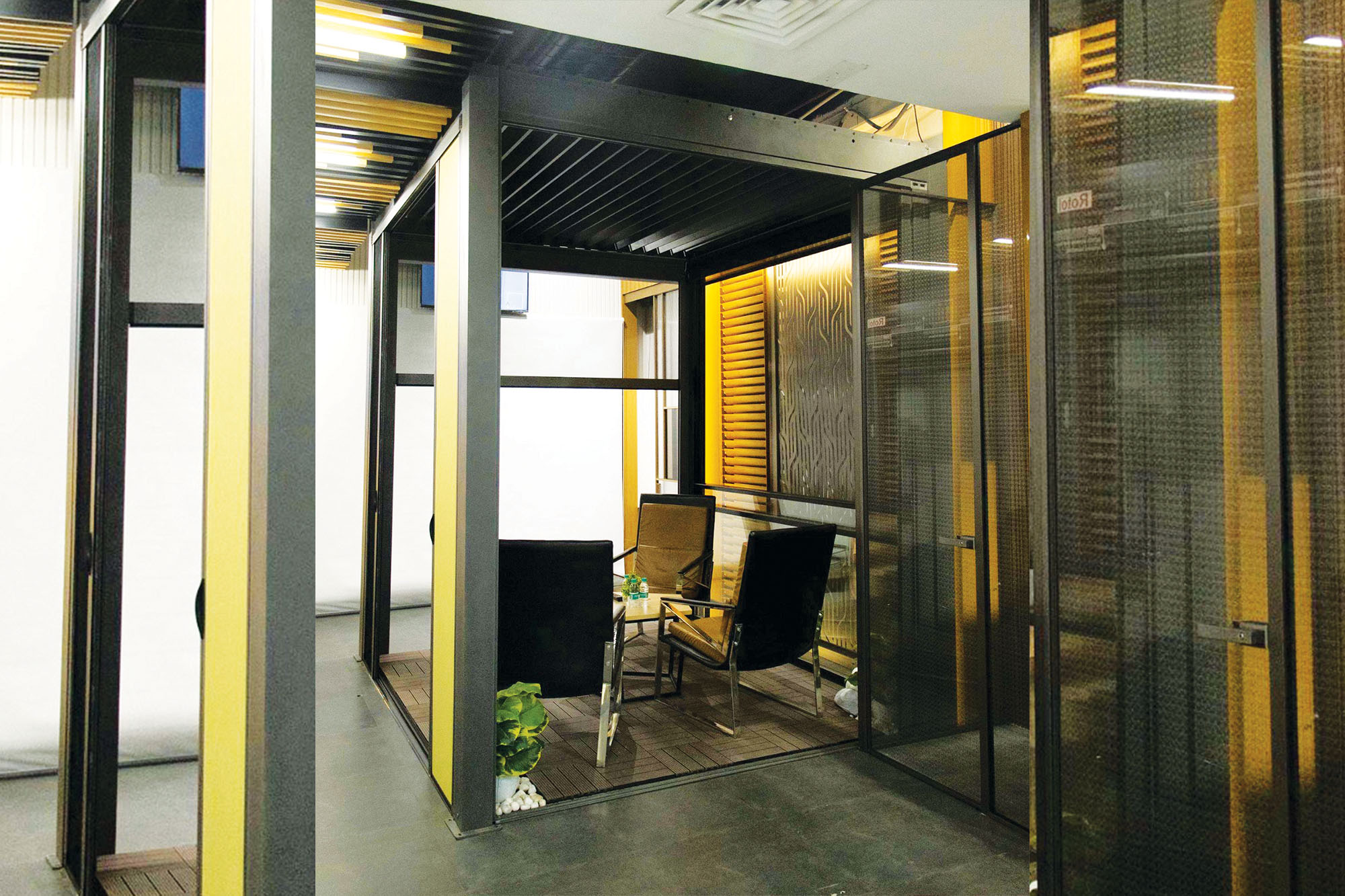
What advancements in materials have improved the durability and performance of the fenestration system?
Material advancements have increased the durability and performance of fenestration systems. One such advancement is the use of T-6063 aluminium alloys, which provide improved corrosion resistance and mechanical strength. Additionally, improved coatings and finishes improve their performance and resilience.
How do your products withstand extreme weather conditions and maintain performance over time?
Innovations in gasket and sealing technology improve weather resistance by offering improved protection against air and water intrusion, improving the fenestration system’s overall performance and energy efficiency. New frame designs and materials have been developed to survive extreme weather conditions such as high winds, heavy rain, and snow.
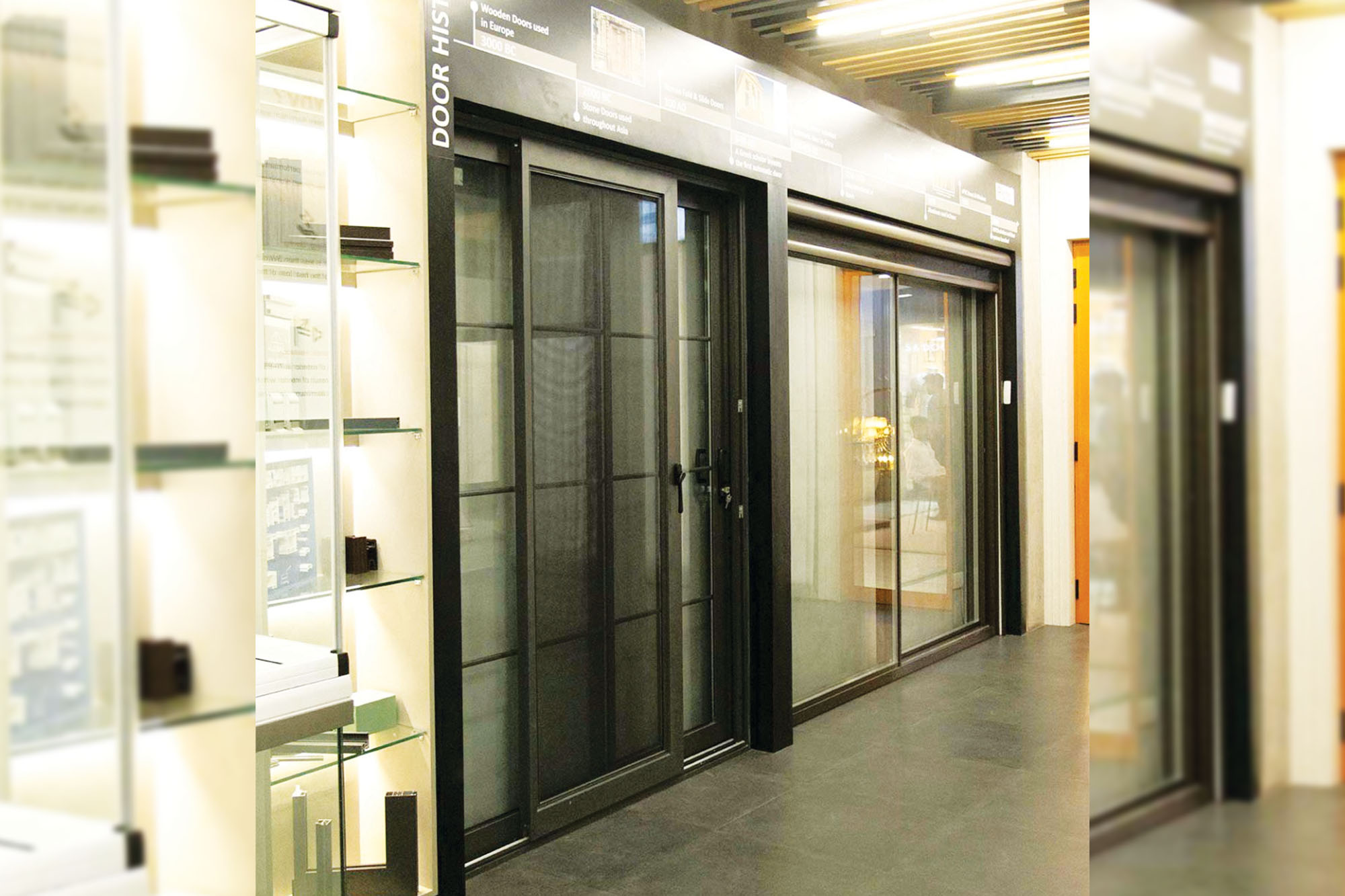
When specifying fenestration systems for high-rise buildings, architects should consider various elements, including wind loads, building movement, thermal performance, and impact resistance. Noise reduction, ease of maintenance, and durability are also important for long-term performance. In addition, architects must consider green construction standards, natural ventilation, and air tightness to improve energy efficiency and sustainability.
For more details, visit: http://www.fenestrationworld.com
Cookie Consent
We use cookies to personalize your experience. By continuing to visit this website you agree to our Terms & Conditions, Privacy Policy and Cookie Policy.

